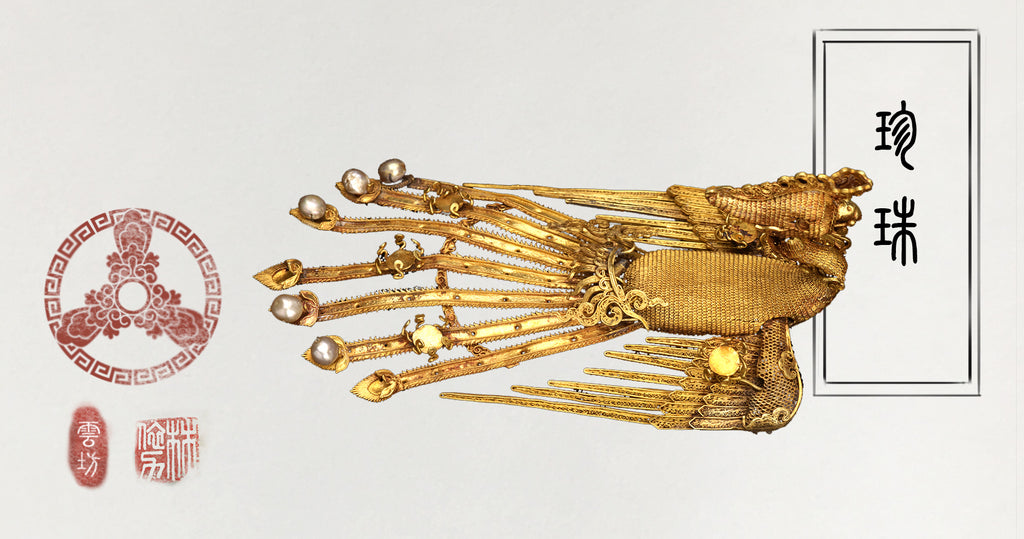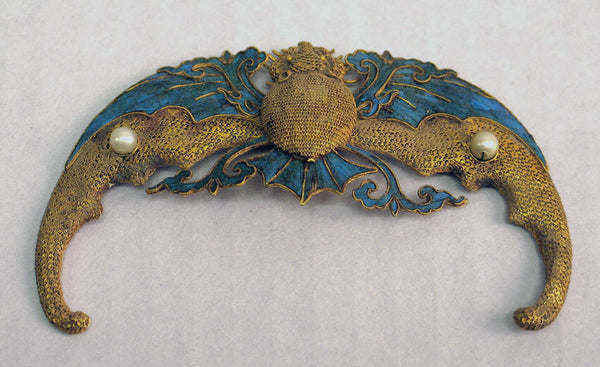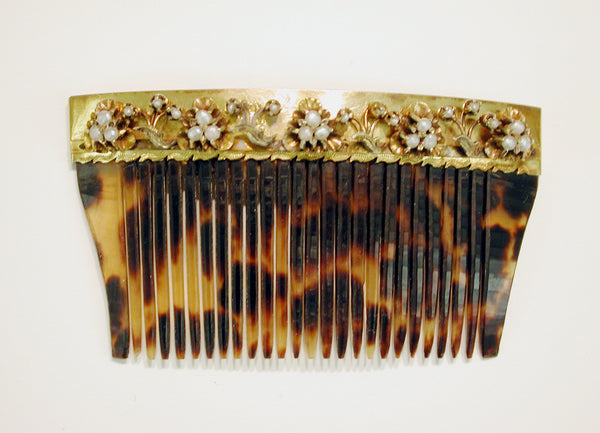8% off orders over $100, 15% off orders over $150, 20% off orders over $300.
Menu
-
- Specials
-
Types
-
Symbols
- Auspicious Cloud | Heaven
- Lotus | Purity & Elevation
- Phoenix | Rebirth and Fidelity
- The Nine | Eternity and Completeness
- Bamboo | Strength and Resilience
- Ruyi | Wish Fulfillment
- Moon | Mystery & Elegance
- Herbal Locket | Hidden Protection
- Tassel | Elegant Charm
- Butterfly and Flower | Love
- Plum Blossom | Endurance and Resilience
- Chinese Knot | Harmony, Tradition, Legacy
- Pumpkin | Prosperity & Abundance
- Pipa | Celestial Music
- Hulu Gourd | Protection and Prosperity
- Fish | Prosperity
-
Collections
- Atlantis
- Revive Your Inner Kingdom
- Auspicious Origin
- Auspicious Flower
- Udumbara Flower
- Return to Origin
- Celestial Cloud
- Elf Forest
- Gold Lotus
- Serene Lotus
- Pearl Elegance
- Radiance
- Metropolis Hermit
- The Nine
- Moon Goddess
- Tassel Elegance
- Chic Velvet Choker
- The Cloud
- Lotus Leaf
- Realm of Peace
- Four Season
-
Craftsmanship
-
Gemstones
- Pearl | Purity and Wisdom
- Jade | Stone of Heaven
- Turquoise | Protection and Healing
- Tridacna | Realm of Peace
- Lapis | Truth and Enlightenment
- Rose Quartz|Love, Healing, Compassion
- Amethyst | Clarity and Tranquility
- Amber | Vitality and Protection
- Carnelian | Courage and Vitality
- Coral | Protection and Prosperity
- Tourmaline | Energy and Balance
- Crystal | Healing and Clarity
-
Birthstone
-
Style
-
Price
-
- Jewelry Set
- Necklaces
- Earrings
- Bracelets
- Hair Jewelry
- Glasses Chains
- Rings
- Anklets
- Ornaments
- Login
-
English

8% off orders over $100, 15% off orders over $150, 20% off orders over $300.
Chasing Wisdom: Pearls in Chinese Culture
April 19, 2016 2 min read

If you’ve ever seen a dragon-dance, you’ll know that the dragon chases a ball. Sometimes, it’s represented in artwork as being covered in flames or lightning. It could be red or white. This ball, in fact, is a pearl.
And just like the “pearls of wisdom” we speak of in the West, this mystical pearl that puts the dragon in eternal pursuit represents wisdom, spiritual energy, and enlightenment.

Chinese have used and valued pearls since the formation of their civilization. The Nanyue King of the Western Han dynasty (206 B.C.–9 A.D.) slept swaddled in pearls. You can see examples of his pearl-embroidered bedding and pearl pillow stuffing from the Museum of the Western Han Dynasty Mausoleum of the Nanyue King.
In China, pearls come from freshwater in lakes and rivers. According to Ming Dynasty manual “The Exploitation of the Works of Nature” (Tian Gong Kai Wu), pearl-producing oysters would be lifted out of the water every full moon to absorb the lunar essence, which forms the soul of the pearl. It also says that on the harvest moon, the older oysters would turn their bodies to face the moon, so long as the night was clear.

In the pearl-harvesting south of China, pearl fishers would jump into action each March. They’d sacrifice livestock to appease the sea gods, line their ships with reed mats, and head out to sea. One man would dive with a basket, and another would spot, holding onto a line at the diver’s waist. He’d breath out of a tin pipe in shallow waters; the most intrepid divers can go up to 500 feet.
Only after the shells are opened will the divers know whether their work yielded any pearls, and of what quality. Unlike gems that the earth spits out, pearls are not shaped by the human hand, as doing so would damage the nacre—the substance that makes a pearl pearly.
However, we can guide nature’s hand. Chinese figured out pretty early on that one can culture pearls—insert a nucleus for the oyster to grow a pearl around. It’s been documented that they placed tiny buddha figures made of lead in oysters so that the resulting pearl would take their shape.

Like so many natural substances, pearls were used as medicine in China. Applied topically, they allegedly bring luster and health to the skin. The Empress Dowager Cixi particularly preferred this treatment.
Pearls that when placed in a flat dish rolled incessantly would be called “walking pearls,” and when placed in the mouth of the deceased was thought to prevent decay.
This article is part of the Divine Land Gemstone Compendium, a weekly series by Yun Boutique exploring the gemstones of ancient China and their significance to Chinese culture. See the full series here. Subscribe to the email newsletter to receive future installments.
Produced and edited by Christine Lin.
Leave a comment
Subscribe
Sign up to get the latest on sales, new releases and more …

